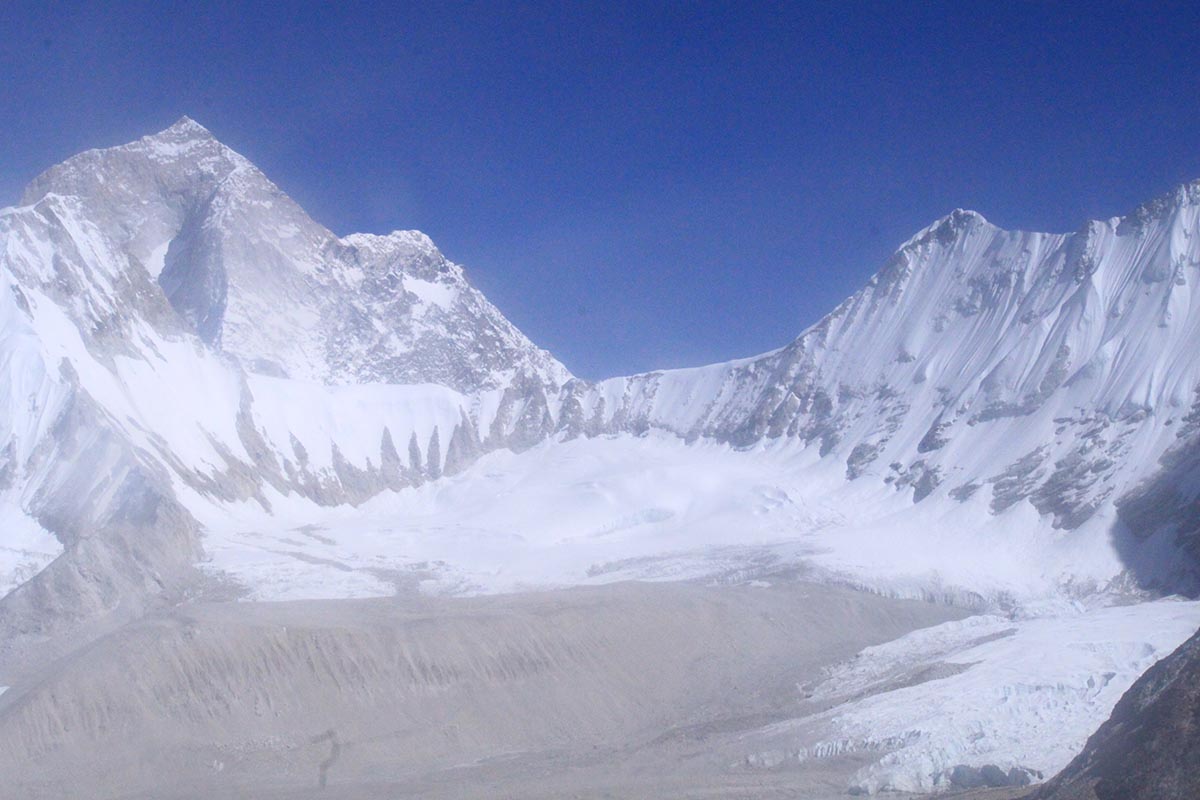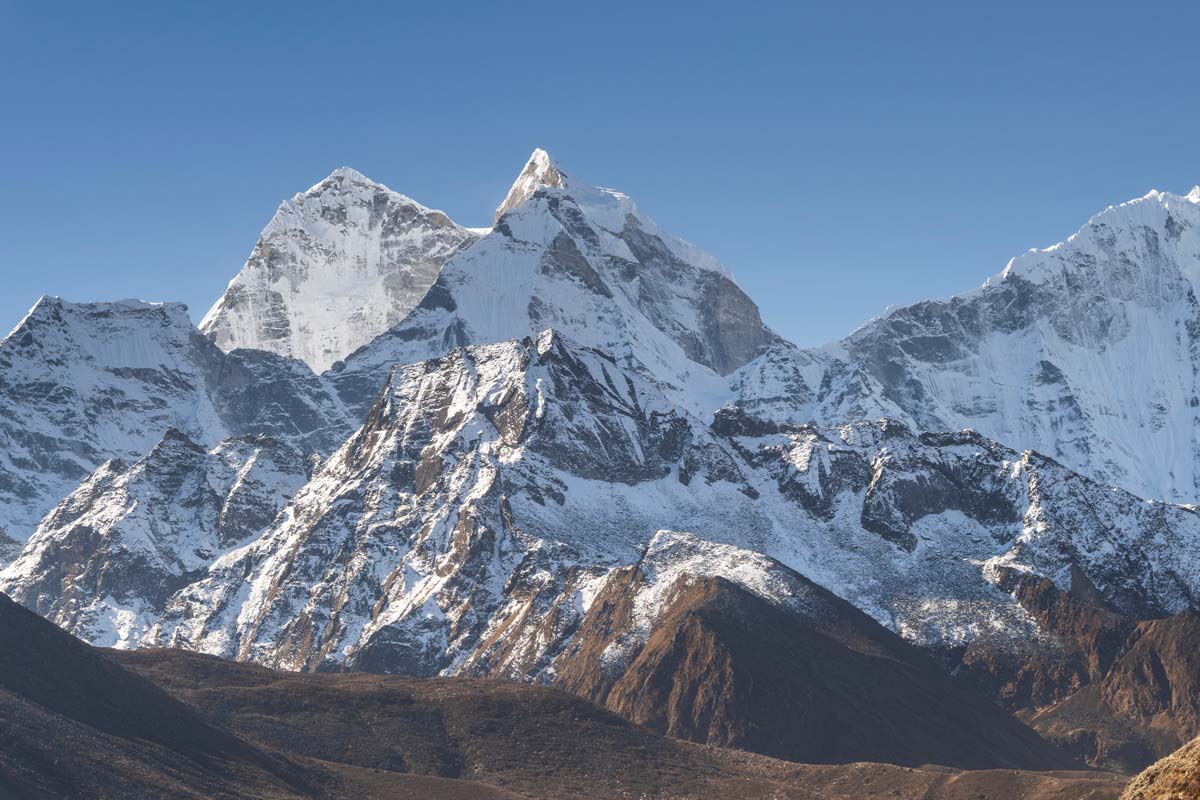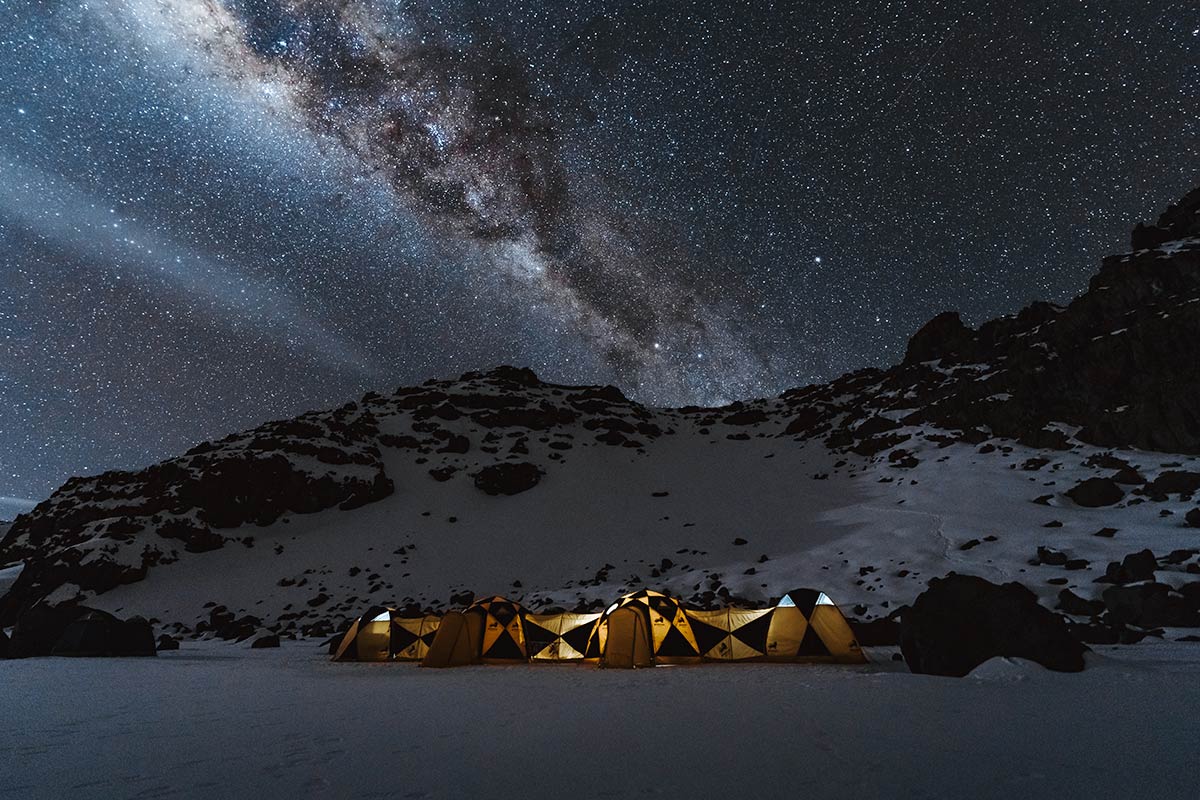Portable hyperbaric chambers are designed as lightweight equipment to be used for emergency treatment of severe cases of acute mountain sickness (AMS), high altitude pulmonary oedema (HAPE), and high altitude cerebral oedema (HACE). The devices must be inflated or pressurized by hand or foot pumps. The mechanism of action is a rapid pressurization of the patient (increase of oxygen pressure) which simulates a descent of about 1500 to 2500m.
The UIAA MedCom has produced a guide intended for doctors, interested non-medical persons and trekking or expedition operators related to the use of portable hyperbaric chambers in high-altitude environments. The document, published in 2012, is available in English, Czech, German, Italian, Japanese, Polish, Portuguese and Spanish.
Below are a few core extracts from the paper:
Principles and Safety Management Concerning High Altitude Diseases
Prevention of altitude diseases is the “Gold Standard”!
– Prevention is better than the best treatment!
– Plan sensible altitude profiles giving adequate acclimatization!
Hyperbaric chambers should not be used in cases of mild AMS for either prevention or treatment.
Pressurized bags are NOT designed to treat mild symptoms of AMS or to facilitate continued ascent just to proceed the next day without adequate acclimatisation. Simply slow your ascent rate and consider taking a rest day.
There is no doubt, that hyperbaric chambers relieve symptoms of severe altitude diseases (AMS, HAPE, HACE)
But hyperbaric bag treatment only gives relief, buying valuable time.
- Use that time to retreat from altitude.
- The patient should never retreat unaccompanied.
- During retreat take the chamber with you in the case of rebound
- To avoid rebound symptoms in severe cases the patient should not walk – not even for a short distance – unless it is totally impossible to avoid the patient walking for the vital descent. He/she should be as exertion-free as possible.
Portable hyperbaric chamber use is a procedure for emergency treatment only.
– It is not a substitute for descent or evacuation to lower altitude.
The strategy in case of severe altitude disease should be as follows:
- Descent or evacuation to lower altitude, at least to the altitude where the patient felt well before.
– Try to descend for at least 300-500m - Oxygen / drugs should only be used to buy time for the vital descent
- Hyperbaric chamber (must be combined with 1. & 2., see also UIAA MedCom Consensus Paper No.2 “Emergency field management of AMS, HAPE, and HACE”)
Preconditions of the personnel using the chamber:
- Only trained persons should use the chamber! Severe complications (e.g. severe hypercapnia, eardrum rupture etc.) have been reported after use by untrained persons.
- A chamber demonstration exercise, followed by all group members performing this exercise under experienced supervision, should be undertaken before ascent.
- Transporting a hyperbaric chamber is very strenuous, especially at high altitude. Therefore the practical upper limit for its use is about 7000 m (and perhaps lower in circumstances of difficult terrain). Above this altitude, treatment with oxygen and drugs may be preferred whilst descending.
Where to take a hyperbaric chamber?
There is no data that supports the belief that a hyperbaric chamber must be carried by all organised trekking or expedition companies. There are no laws which requiring chambers, and nor is there any related litigation to date. A careful ascent profile is more important!
- If the trekking companies follow proper acclimatization profiles such chambers are unnecessary for nearly all trekking routes and many expeditions.
A portable hyperbaric chamber should be specifically considered when visiting a high altitude area without a quick and easy possibility of descent to lower regions such as a high altitude valley where descent is impossible without initial ascent…
- It should be considered, for instance, for camps situated in a saddle or valley at high altitude, where a descent is impossible without an initial ascent.
- If a chamber is to be taken, normally its position is best at the highest camp for two main reasons:
- The incidence of altitude induced health problems is more likely there, and
- Transporting a chamber down to a lower camp is much easier and quicker than ascending with the chamber to a high altitude camp. This decision is influenced by many other factors and must be integrated into the expedition’s safety management.
The paper also tackles the topics ‘How to use hyperbaric chambers’; ‘Results of treatment / further proceeding’; ‘Problems with hyperbaric chambers’ before detailing the different kinds of chambers.
To read the complete paper please click here in English, Czech, German, Italian, Japanese, Polish, Portuguese and Spanish.
Further Reading
This article is the latest in our Series exploring the UIAA MedCom’s extensive and essential archive of high-altitude recommendations.
Already published:
#1 Nutritional considerations in mountaineering
#2 Children at Altitude
#3 Mountain activities for people with pre-existing cardiovascular conditions
#4 Avoiding the perils of Kilimanjaro
#5 What you need to know about water disinfection in the mountains
#6 Advice for Gap Year Explorers. How to Check The Quality of a Commercially Organised Trek or Expedition
#7 Dealing with Eye Problems in Expeditions



